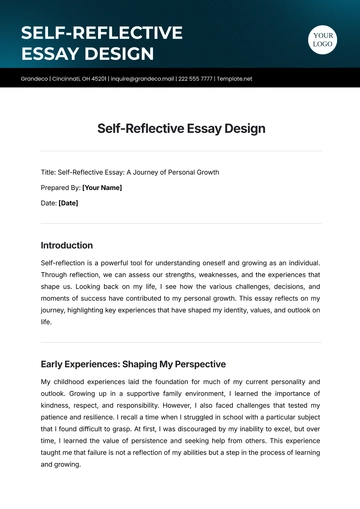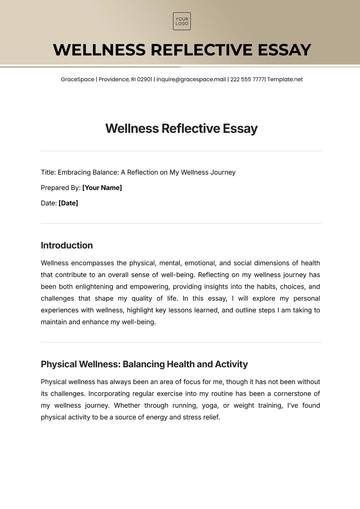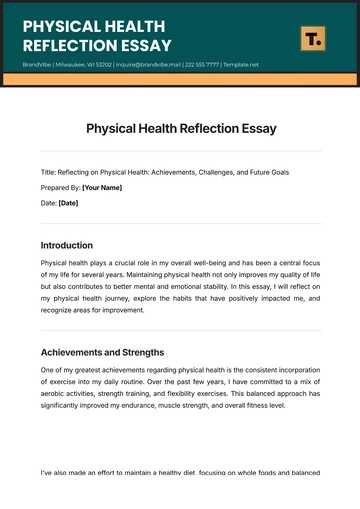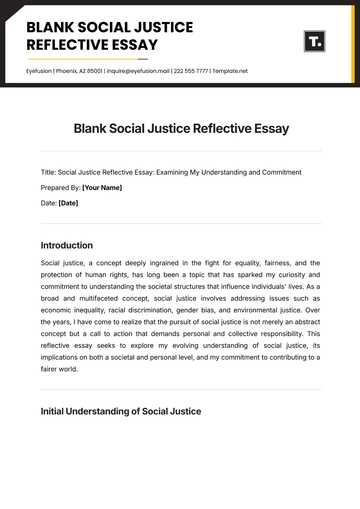Expository Essay on Digital Classroom
By: [Your Name]
In the modern era, technology has seamlessly woven itself into the fabric of daily life, profoundly impacting various sectors, including education. Among the transformative advancements is the concept of digital classrooms, which are reshaping how education is delivered. By offering flexibility, accessibility, and enhanced engagement, digital classrooms are redefining the learning experience. This essay delves into the essence of digital classrooms, examining their structure, benefits, challenges, and strategies for effective implementation.
Understanding Digital Classrooms
A digital classroom refers to a learning environment that is entirely or partially based on digital technologies. It incorporates various tools and resources such as computers, tablets, online resources, and software applications to facilitate teaching and learning. Unlike traditional classrooms, digital classrooms are not confined to a physical space. They can function entirely online or as a hybrid model, blending in-person instruction with digital components.
Digital classrooms utilize Learning Management Systems (LMS) like Canvas, Google Classroom, and Blackboard to organize course content, assignments, and assessments. These platforms offer interactive features such as discussion forums, quizzes, and multimedia presentations, providing a multifaceted approach to learning.
The Benefits of Digital Classrooms
One of the primary benefits of digital classrooms is accessibility. Students can access course materials and participate in classes from any location with an internet connection, making education more inclusive. This is particularly beneficial for students in remote or underserved areas.
Another advantage is the flexibility digital classrooms offer. They allow for asynchronous learning, where students can learn at their own pace and schedule. This is suited to varied learning styles and life commitments, making education more adaptable to individual needs.
Digital classrooms also encourage active learning. With interactive tools and resources, students are more engaged and can participate in collaborative projects, discussion boards, and real-time feedback sessions. This enhances their understanding and retention of the material.
Challenges of Digital Classrooms
Despite their advantages, digital classrooms present several challenges. One significant issue is the digital divide. Not all students have equal access to the necessary technology and reliable internet connections, which can hinder their ability to participate in digital learning.
Another challenge is the lack of face-to-face interaction. While digital tools can facilitate communication, they might lack the personal touch and immediate feedback that traditional classrooms offer. This can affect the student-teacher relationship and the overall learning experience.
Additionally, the effectiveness of digital classrooms depends heavily on the skills and adaptability of the educators. Teachers need adequate training to effectively use digital tools and platforms. Without proper support and resources, the transition to a digital classroom can be overwhelming and ineffective.
Strategies for Effective Implementation
To successfully implement digital classrooms, several strategies can be adopted. Firstly, ensuring equitable access to technology is crucial. Schools and governments can provide devices and internet subsidies to students in need, bridging the digital divide.
Training and professional development for educators are also vital. Teachers should be equipped with the necessary skills to navigate digital platforms and create engaging, interactive content. Continuous support and resources should be available to assist them in this transition.
Finally, incorporating a hybrid model can combine the strengths of both digital and traditional classrooms. This approach allows for face-to-face interaction while leveraging the flexibility and resources of digital tools. Regular feedback from students can also help in refining the digital classroom experience, making it more effective and responsive to their needs.
In conclusion, digital classrooms represent a significant shift in the educational landscape, offering numerous benefits such as increased accessibility, flexibility, and engagement. However, they also pose challenges like the digital divide and the need for adequate teacher training. By adopting strategic measures to overcome these obstacles, digital classrooms can enhance the educational experience, making learning more adaptable and inclusive in the modern world.
Bibliography
Smith, J. (2050). Transforming Education with Digital Classrooms. Educational Technology Journal, 14(2), 45-67.
Jones, P. (2051). Challenges and Opportunities in Digital Learning: A Modern Perspective. Online Education Review, 8(3), 22-35.
Williams, L. (2052). Implementing Effective Digital Classrooms: Strategies and Practices. Journal of Educational Innovation, 12(1), 11-29.
Essay Templates @ Template.net






























